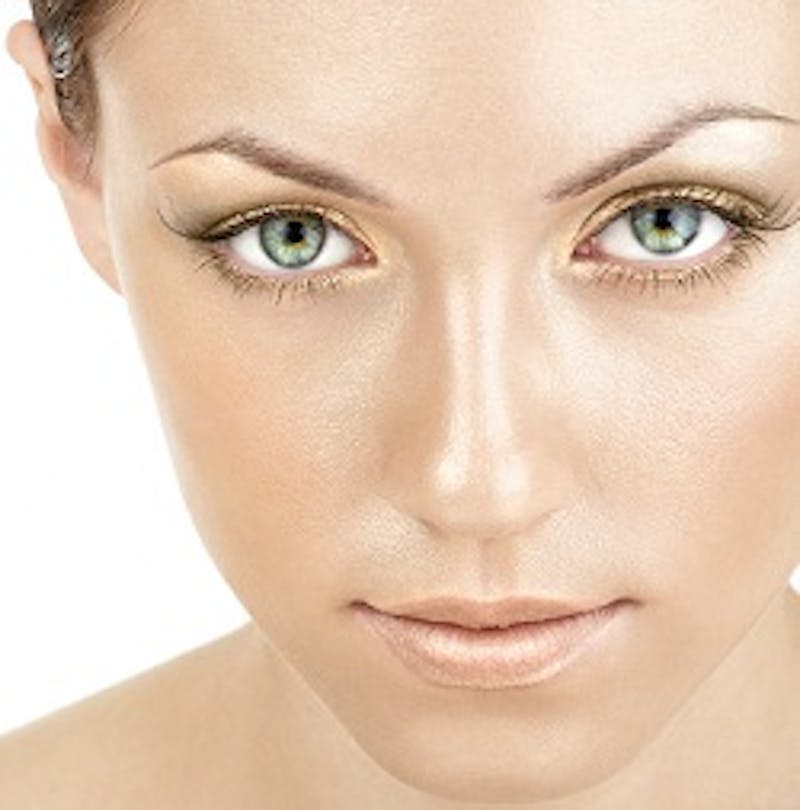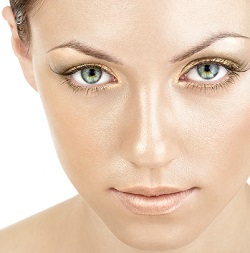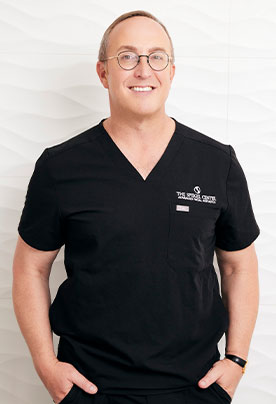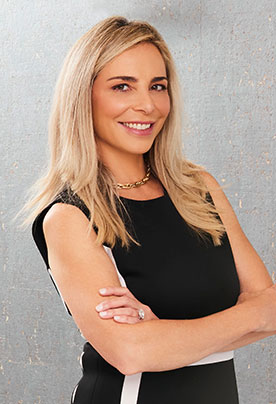

Rhinoplasty is a plastic surgery procedure that’s used to correct and reconstruct deficiencies with the nose. More popularly known as a nose job, this procedure is widely known as a surgery to improve the look of the nose. However, it is not always done for cosmetic reasons, sometimes it is done to restore the function of a nose.
I Know What A Rhinoplasty Is. What Is A Pollybeak Deformity?
It is important to remember that there aren’t any identical rhinoplasty procedures as each case is different. However, there are problems like a pollybeak deformity and others which arise as a result of overcorrection rather than a conservative correction in the primary rhinoplasty.
A pollybeak deformity is a type of nasal shape that can develop because of a previous rhinoplasty. It is named pollybeak because it is characterized by a downward projection and curve of the nasal tip. This occurs in partnership with a prominence of the supratip area of the bridge. The combination of these two results in the nose looking like the beak of a bird, hence the name.
There are various factors that contribute to the risk of a pollybeak deformity. However, it can be controlled by your surgeon to a large degree. The surgeon has to practice proper rhinoplasty surgery principles to properly prevent a pollybeak deformity.
A couple of the risks of a pollybeak deformity are thick skin, soft nasal tip cartilage, incomplete hump reduction, and poor healing. These risks are reduced by a thorough assessment of the factors of risk affecting the patient. The choice of surgical techniques is also crucial to support the tip and prevent supratip swelling.
Rhinoplasty Treatments Available
While this isn’t a complete list, this should give you a good idea of what a rhinoplasty can and cannot cover.
1. Hump Removal
2. Bridge Augmentation
3. Bulbous/rounded tip
4. Crooked Nose
5. Asymmetric nostrils
6. Hanging Columella
7. Wide bridge
8. Long (over projected) nose
9. Wide nostrils and tip
10. Pinched Tip
11. Pollybeak deformity
12. Revision rhinoplasty
13. Short Upturned Tip
14. Droopy (ptotic) Tip
15. Chin Augmentation
16. Ethnic Rhinoplasty
17. Indian/Pakistani Rhinoplasty
18. Low Radix Augmentation
19. Narrow Nose
20. Boxy Tip
21. Under-projected nose
22. Saddle nose deformity
Is There Anything You Can Do To Prevent A Pollybeak Deformity?
Generally, patients with thicker skin are more likely to experience residual swelling which can contribute to the deformity. It is important to choose a highly experienced surgeon with great knowledge of the Rhinoplasty surgery. They will be able to identify your skin type and have a greater understanding of whether you could be a successful candidate for the procedure.
The majority of the cases require up to a year of time to allow the healing process to complete. This is especially important for people with thicker skin. Throughout the healing process, you might be given steroid injections. When your nose finishes healing, your surgeon will be able to judge whether revision surgery is necessary or not.
Contact Our Office
If you have recently undergone a rhinoplasty surgery, but you aren’t happy with the final results, a revision rhinoplasty is what you need to correct the issues you face. Contact The Spiegel Center Advanced Facial Aesthetics to schedule a consultation with skilled facial plastic surgeon Dr. Jeffrey Spiegel.





